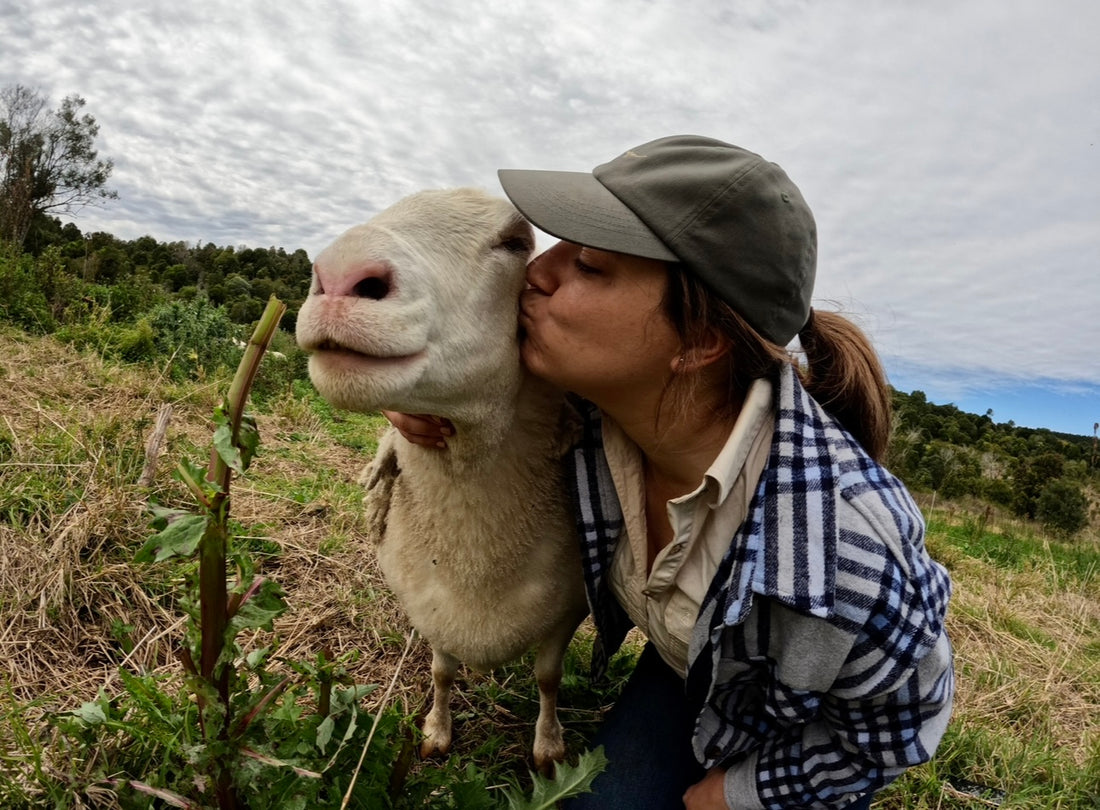Today, we explore the profound benefits of embracing livestock-grazed regenerative agriculture over the conventional broad-acre monocropping approach.
Join us on this journey as we delve into the reasons why our choice to utilise livestock is not just a farming strategy but a commitment to a healthier, more sustainable future.
1. Soil Health and Fertility:
Livestock, with their natural grazing behaviours, play a pivotal role in regenerating soil health. Unlike monocropping, which often depletes the soil of nutrients, livestock contribute to nutrient cycling by fertilising the land with their manure. This organic matter enriches the soil, enhances microbial activity, and promotes a more robust, fertile foundation for future crops.
2. Biodiversity and Ecological Harmony:
Monocropping tends to create a simplified, imbalanced environment, leaving crops vulnerable to pests and diseases. Livestock-grazed regenerative farming, on the other hand, fosters biodiversity. Grazing animals help manage vegetation, creating diverse landscapes that support a variety of plant and animal life. This ecological harmony acts as a natural defence against pests and diseases, reducing the need for synthetic inputs.
3. Carbon Sequestration and Climate Resilience:
Livestock-grazed regenerative agriculture is a powerful ally in the fight against climate change. Grazing practices that mimic natural herd movements encourage the growth of deep-rooted grasses, which sequester carbon from the atmosphere and store it in the soil. This carbon sequestration contributes to mitigating climate change and building resilience against its impacts.
4. Water Management and Conservation:
Monocropping often leads to increased water usage and greater susceptibility to soil erosion. Livestock-grazed regenerative practices, when coupled with thoughtful rotational grazing and cover cropping, contribute to improved water management. The land becomes more absorbent, reducing runoff, enhancing water infiltration, and safeguarding this precious resource for future generations.
5. Resilient and Sustainable Farming Systems:
Using livestock in a regenerative farming systems enhances overall resilience. The diversified nature of livestock-grazed landscapes provides farmers with flexibility in adapting to changing environmental conditions. Unlike the vulnerability associated with monoculture, a mix of livestock and cover crops creates a resilient and sustainable farming system.
6. Community Connection and Ethical Farming:
Livestock-grazed regenerative farming goes beyond the fields; it's about fostering a connection with the community. Knowing that our livestock are raised ethically, with a focus on their well-being and the health of the land, establishes a bond of trust between Firebreak Farm and our community. It's not just about food; it's about shared values and a commitment to a sustainable future.
At Firebreak Farm, we stand at the crossroads of tradition and innovation, choosing the path of regenerative agriculture enriched by the presence of livestock. By embracing this holistic approach, we cultivate life in every corner of our farm and sow the seeds for a healthier, more sustainable future.
Thank you for joining us on this exploration of the benefits of livestock-grazed regenerative farming versus broad-acre monocropping. Together, let's nurture the land and build a more harmonious relationship with nature.

